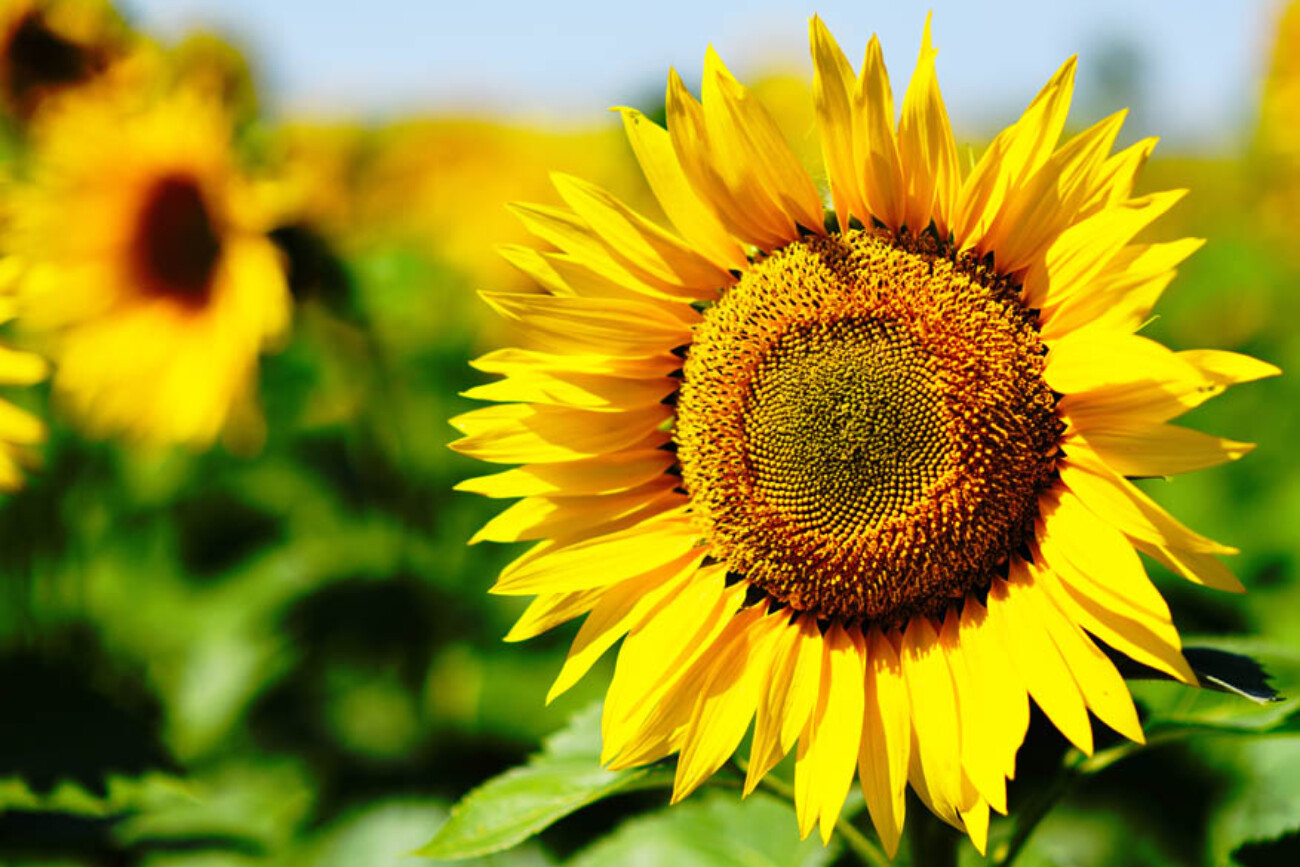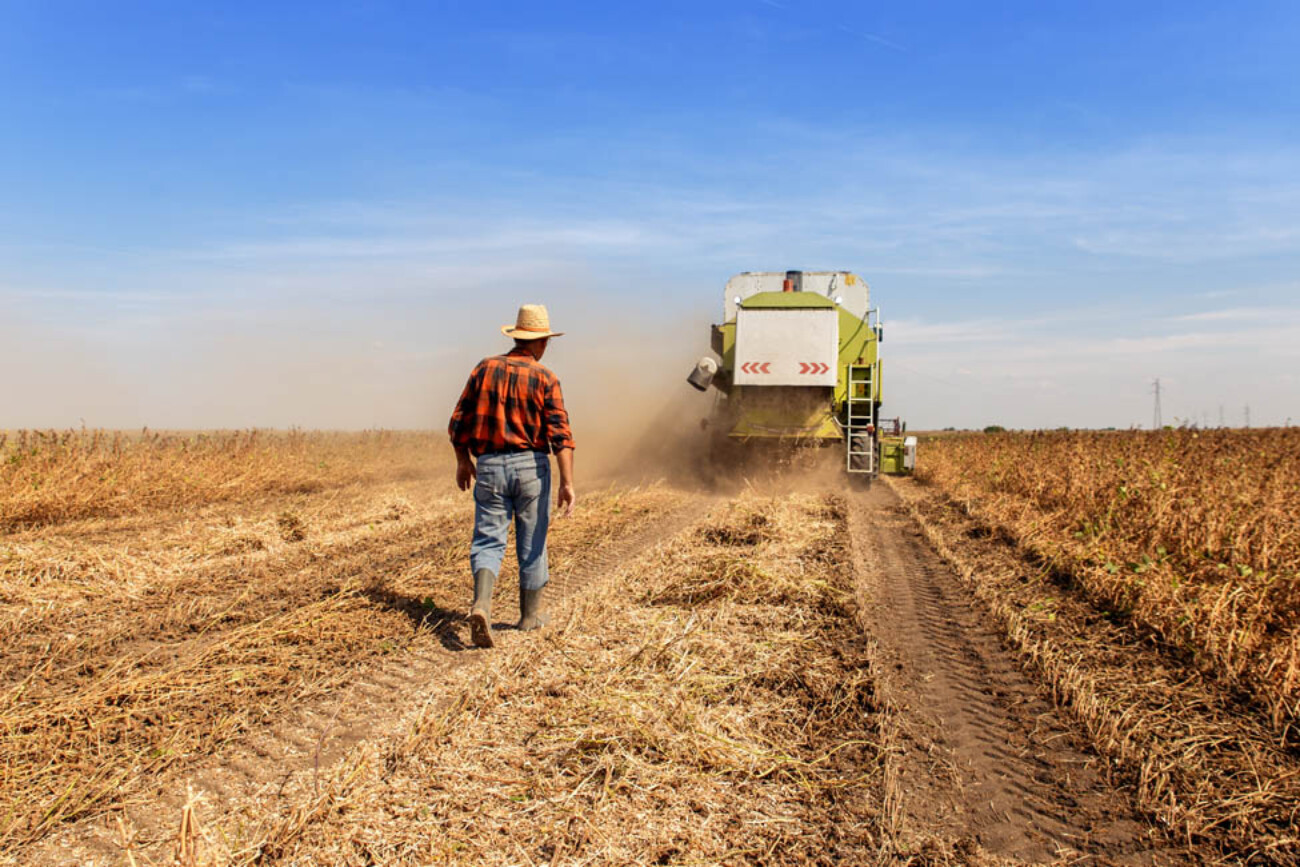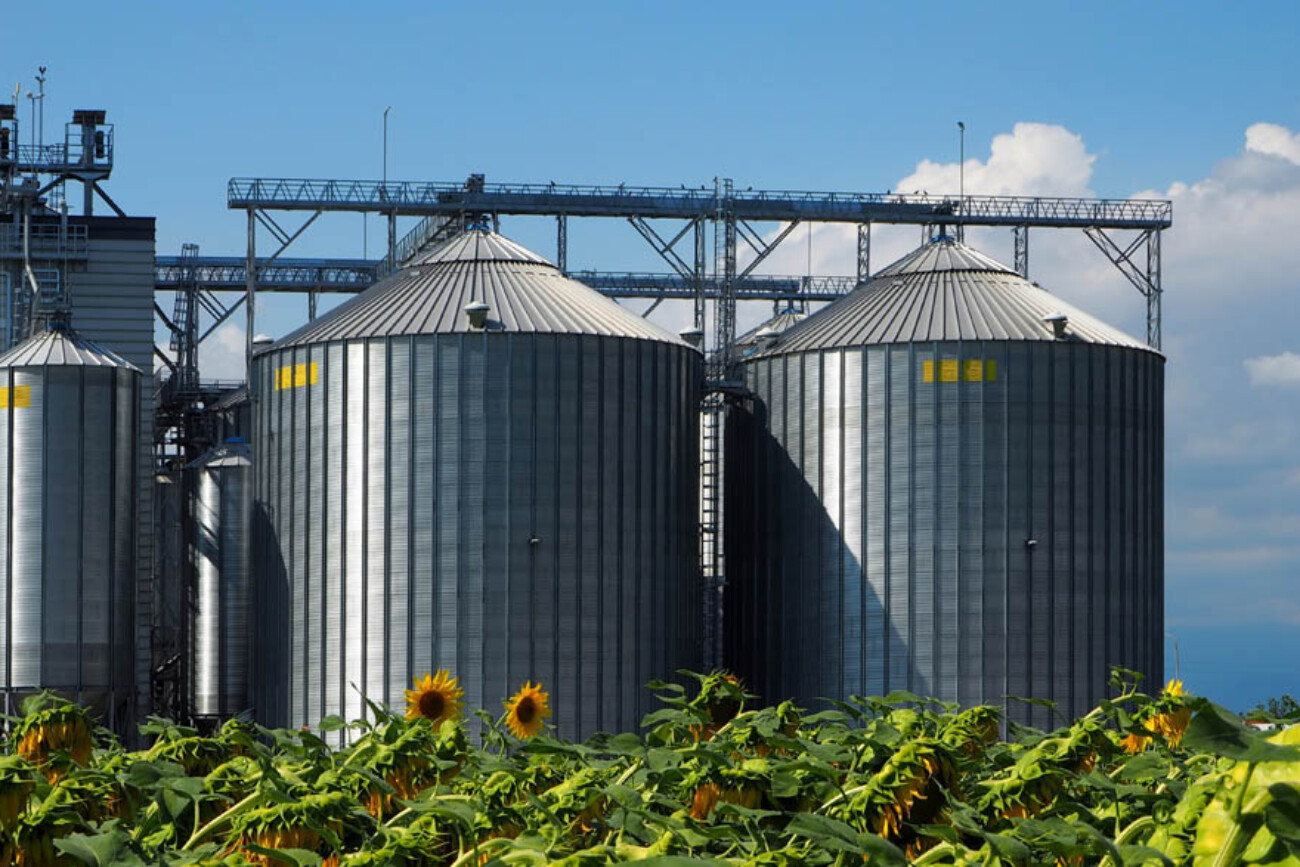Global Macro Economic Outlook
You know there’s volatility ahead when Erdogan is travelling between Kiev and Moscow to broker a peace deal on the Ukrainian border. That Truss should show up the next day tells us just how much trouble we are really in. Despite all the handbags at dawn theatrics, we continue to believe that Putin is more interested in negotiating than fighting. Markets certainly have not priced in an invasion as of yet, because we feel that had it, oil would be north of $100 and rates would be lower than 2%, and likely gold would be higher.
What continues to rise though is inflation and not just rise but accelerate. The lagging food index is starting to heat up too which means that despite the lowering of the rate from the base effect issue, the actual rate will continue to persist. The Fed is even trying to send out emissaries threatening inter meeting rate hikes and greater than 50bp hikes. This is all hype. The Fed is in an impossible position of its own making. We continue to believe this bout of inflation will cause the US economy to turn into a recession and rates will quickly turn lower, faster than the market expects.
The old adage that when the US sneezes,
the rest of the world catches a cold
may no longer be true in the Euro area,
but its deeply relevant in EM.
None of this helps EM economies in the short term who are also suffering from inflation pickup. The old adage that when the US sneezes, the rest of the world catches a cold may no longer be true in the Euro area, but its deeply relevant in EM.
In the meantime, we live in a pre-rate hike phony war scenario where if the Fed was really proactive they would not wait but move now and yet you get the sense they are hoping that they don’t need to. Frankly this seems to us to be the market equivalent of the Russo Ukrainian so-called war. Who blinks first? The bond market clearly thinks that the Fed has made a policy error and its shape and flatness attest to that.
Which takes us back to Erdogan. It’s impossible to be dispassionate about someone who takes a perfectly good EM economy, blessed with the best logistical position on the planet, but is stubbornly pulling it back to the 11th century. So this week when the Minister of Finance road showed in Europe they announced a gold payment deal to encourage Turks (who historically mistrust Turkish Governments to manage inflation) to sell their considerable gold holdings to prop up the Lira. To recap, sell your gold to pay for our mismanagement. Don’t laugh because this kind of scheme might be coming to haunt all of us. What it certainly shows is that inflation is here, its staying and all the central banks have lost control and the weakest are gasping for air. Incidentally the presentation laid out that Turks have 250bn of gold under their mattresses. When you consider that at today’s prices, Gold’s market cap is 11 Tn, that’s quite a slice. Somehow, we doubt that anyone will take up the offer; unless they offer a huge premium. Don’t be surprised to hear this scheme from your local central bank soon.
Agricultural Commodities Outlook
We believe commodity prices are beginning to reflect underlying supply and demand dynamics, rather than a march upwards across all agricultural goods. If so, this is a good sign of a stabilizing market; but may bring about price correction in some commodities.
January kicks off the harvest for first crop plantings in South America, mostly saturated by soybeans and corn. Although there are reports of dry weather in Southern Brazil and Argentina, the most alarming news comes from Paraguay, where they expect to have the worst soybean harvest in the last 25 years. Paraguay was the third largest exporter of soybean during the 2020/21 season, bringing a major drag on available supplies in the coming season. This has been reflected in soy prices, which are now approaching 8-month highs. It has also brought up demand for palm oil, which has seen a steady increase in its price and a lessening of its discount to other vegetable oils.
Paraguayan corn production is also expected to be lower, but to a lesser degree than its soy. Brazil and Argentina expect to produce more corn than their initial expectations, filling the Paraguayan gap. Nevertheless, corn prices have risen throughout the month as well. This could be in anticipation of a conflict in Ukraine, the world’s second largest exporter of corn. As we believe the risk of conflict is limited, and the probability of such an event is currently overrepresented, we are wary that corn prices could see a correction in the coming months.
If the conflict subsides during the year…
we could see a narrowing in the gap between
sunflower prices and other oilseeds…
Similarly, despite increases in soy prices, we note that sunflower oil prices for March deliveries have dropped in recent weeks due to the potential for conflict between Ukraine and Russia, the world’s two largest sunflower producers. If the conflict subsides during the year, and sunflower oil from the region returns to the global market, we could see a narrowing in the gap between sunflower prices and other oilseeds, mainly soy and palm. Other laggards early this year are rapeseed and canola, which have traded sideways. We observed last month that prices were unsustainably high, so perhaps they have finally reached their limit.
In Russia, wheat exports are being tampered by quotas and export taxes as means of keeping food inflation in check. Typically, the world’s largest exporter of wheat, Russia is now expected to be second to the EU in the 2021/22 season. Russia’s export tax is formulaic and is updated weekly, rising more than three-fold in the last six months. Despite this hamper on global wheat supply, a much stronger harvest from Argentina is expected to fill the gap. This combined with higher production from Canada and Brazil has moved wheat prices lower over the last month. As the season progresses, we expect prices to continue this path.
Turkey’s logistical advantage,
well-known for centuries, if not longer,
is bearing fruit despite economic concerns
across the country.
Cotton prices have risen, not due to supply constraints but rather due to indications that demand is increasing. While we do agree that demand has increased at the mill level, its hard for us to believe that end-use products, mainly clothing, have had an unnaturally large increase in demand. However, we do note that cotton, unlike most agricultural commodities, is most often shipped via containers, and has been exposed to supply chain constraints. This has resulted in western retailers restructuring their supply chains to avoid lengthier travel and busier logistical channels. We believe the result could be a shift in basis prices of raw cotton, which will now have more value closer to their end-use markets, rather than in China. Nonetheless, cotton prices are up across all markets, and our view is that they are due for a return to normalcy.
Interestingly, cotton imports into Turkey have increased substantially, as it has ramped up its textile production to serve end markets in the EU, where it can export mostly duty-free, and across the Middle East. Turkey’s logistical advantage, well-known for centuries, if not longer, is bearing fruit despite economic concerns across the country. Our view is that logistical assets are key to unlocking value, and while we do not foresee our entrance into Turkey coming soon, we are keeping a keen eye on the transformation of logistical networks across the globe.
In early February, the Chinese have extended the promise of $23 billion worth of investment in Argentina, so long as the South American nation signs up to its Belt and Road initiative. While our view on Argentina remains the same, we view the Chinese build out of logistical assets in the country as a longer-term strategy with strong prospects, so long as the Argentine government does not impede.
Nord45Partners ©2022


